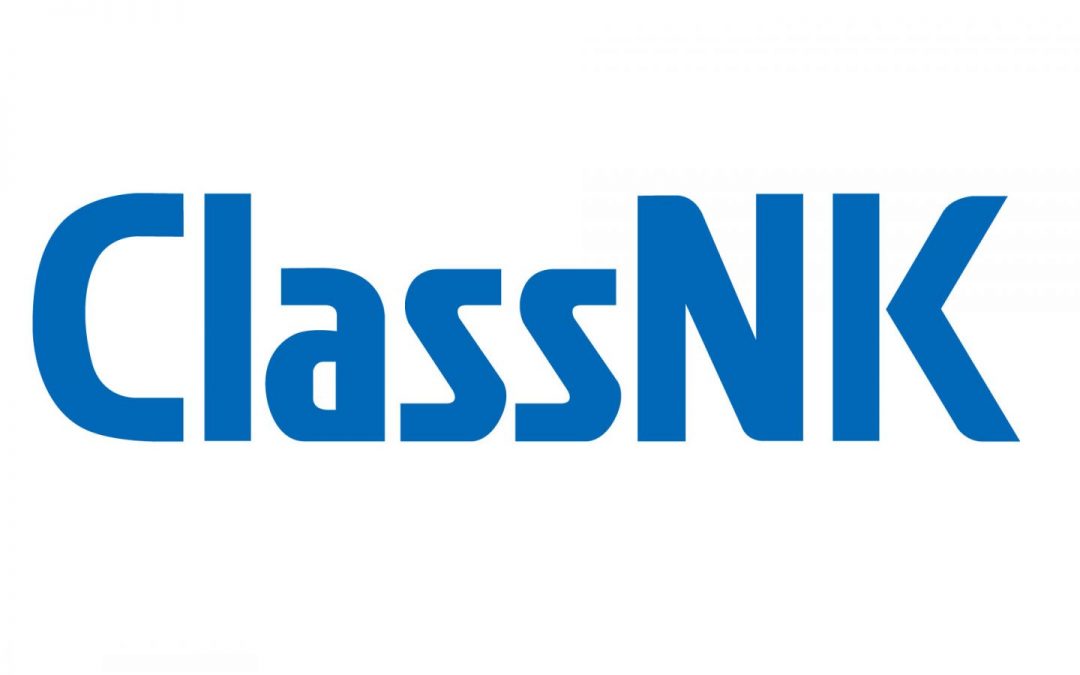Classification society Nippon Kaiji Kyokai (ClassNK) has released its guidelines for membrane systems on liquefied gas carriers.
ClassNK said that the guidelines specify the technical requirements for evaluating structural strength using finite element analysis when designing membrane-type liquefied gas carriers.
As with the society’s other guidelines for structural strength evaluation, they are based on ClassNK’s evaluation technology for the wave load acting on the hull and outline the requirements to be considered for the structural strength of membrane-type liquefied gas carriers along with related rules to support rational and efficient designs.
The guidelines are composed of the guidelines for direct strength analysis which specify the requirements for evaluating the yield and buckling strength of the net scantlings of the primary structural members by direct strength calculation, and the guidelines for fatigue strength assessment which define the requirements for fatigue strength evaluation for stress-concentrated parts.
ClassNK added that the main components include design loads dominant for hull structure, strength analysis methods and corrosion deductions, design scenarios in which assessments are required by the IMO IGC Code, local strength requirements for inner hull structures, and strain control requirements for inner hull structures required by designers of membrane cargo containment systems.
According to the company, a calculation function corresponding to the requirements of the guidelines will also be added to the PrimeShip-Hull series, the society’s hull structure design support software.
Source: Offshore Energy






